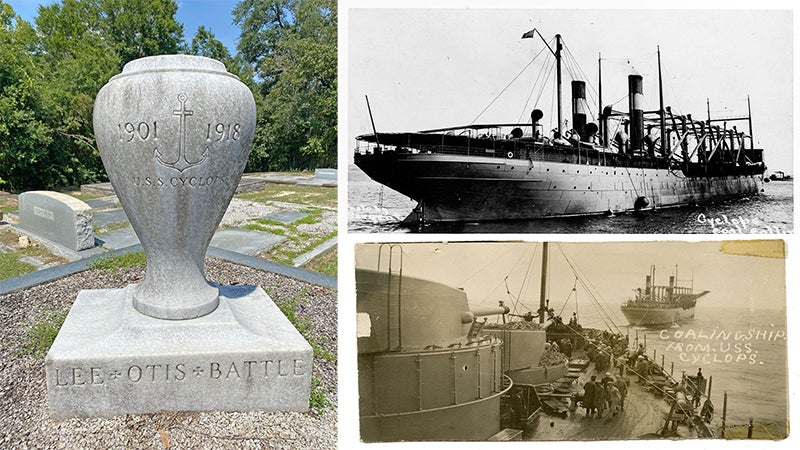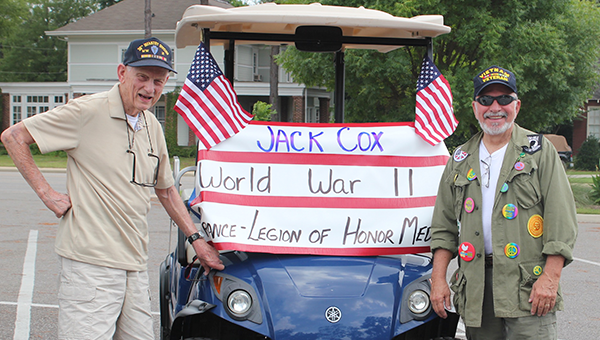Parts of ‘Way We Worked’ weren’t so very long ago
Published 12:00 am Saturday, January 4, 2014
The early Blackberry in the display case looks old and outdated. The computer punch cards bear no resemblance to any electronics you’d see today. And that would make the adjacent manual typewriter – a Royal, if memory serves – positively prehistoric.
It’s the display in the Smithsonian exhibit opening today that resonates most with me because they are tools of my trade.
I remember when my father typed his copy on a manual typewriter and passed it off to a typesetter, who re-keyed the copy. Only this typewriter, which was electric, created a punch tape, which when fed through a third typewriter, created justified columns of type to be cut and pasted onto a newspaper page.
This is the way we worked, the way we worked to create newspapers when first I remember watching the process.
Standing nearby, Mike Jones recalled the size of the first computer at ADC.
“It was huge,” he said. “Now it all runs from a box that fits under my brother’s desk.”
The multimedia exhibit chronicles many ways we as a nation worked as America grew. The additions by locals make the exhibit even more relevant for young people to absorb.
Timelines, quilts and slideshows document work in Covington County. An additional collection of farming and logging implements are reminders that just a couple of generations back, most of us were involved in farming in some way.
An accompanying book, “Threads: Essays about the Way We Worked in Covington County” – available for $10 – was penned by the county’s high school seniors who interviewed people about the way they worked.
It all officially opens today at the Chamber of Commerce, housed in the old Alatex corporate headquarters on River Falls Street. It’s worth a half hour or so of your time to peruse the exhibit.
If there are older people in your lives, the Smithsonian invites them to sit in a recording booth that is reminiscent of the photo booths at the mall and record an oral history of the ways they worked.
If there are young people in your life, the exhibit is a handy way to trick them into learning a little history. It’s the way we teach now – making learning interactive and fun.



